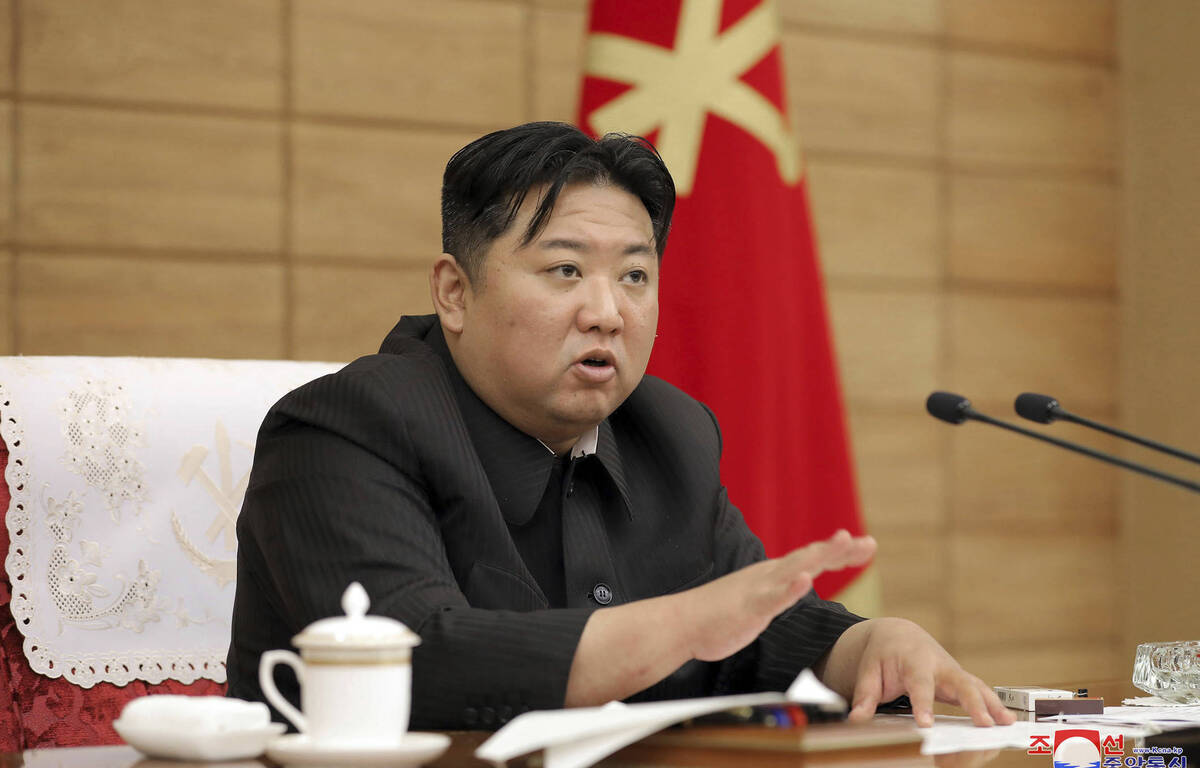28 July 2022
12:09
–
The sales of the beer giant AB InBev rose in the second quarter more than analysts had expected. Still, investors are dissatisfied. Possibly due to the unchanged profit forecast and the slowly shrinking debt mountain.
–
Stella Artois-brouwer AB InBev
had a strong second quarter. Revenue growth (+11.3%), volume growth (+3.4%) and adjusted gross operating profit (EBITDA; +7.2%) growth all grew faster than analysts had forecast (see table below).
–
That despite turmoil in China. There, the corona virus caused an ugly house in the second quarter. The government placed residents of several million cities in a strict quarantine. As a result, they could not go to a cafe.
–
As a result, AB InBev was hit harder than its competitors. While the sector saw sales fall 5 percent in China, AB InBev’s sales fell 6.5 percent. But improvement is on the way. Life largely returned to normal in June, with AB InBev posting more than 5 percent year-on-year growth that month.
–
booming Brazil
Fortunately for AB InBev, other key countries more than compensated. Mexico (+20%) and Colombia (+30%) grew strongly, as did Brazil (+26.8%). The largest country in South America accounts for almost a fifth of the group’s turnover. Rising sales boosted profits. In Brazil, EBITDA rose by 34.4 percent.
–
–
Despite the better-than-expected figures, AB InBev shares fell by more than 4 percent on the Brussels stock exchange on Thursday afternoon. One possible explanation is that AB InBev did not raise its annual forecast.
–
The Belgian-Brazilian brewer still expects an EBITDA growth of 4 to 8 percent. ‘The prognosis can sometimes be fodder for debate’, says the Jefferies stock exchange. It expects AB InBev to raise its forecast for the third quarter to profit growth of 6 to 8 percent.
–
Inflation
That would still be a lot less than last year’s 11.8 percent growth. Inflation causes sales to rise faster than profits. AB InBev has the power to pass on its rising costs, but not 100 percent and that is not without problems. While AB InBev grew in the second quarter, its EBITDA margin declined 127 basis points to 34.5 percent.
–
The stock exchange house ING also sees the slowly declining debt ratio of AB InBev as an explanation for the lukewarm reaction on the stock exchange. AB InBev’s gross debt decreased by $5.5 billion in the past six months to $83.3 billion. Net debt decreased by 300 million euros to 75.9 billion euros. Net debt fell from 3.96 times EBITDA to 3.86 times.
–
For years, AB InBev has been trying to reduce its debt ratio, which weighs on the share price, to about twice the EBITDA. The debt ratio rose well above a factor of 4 in 2016, when AB InBev acquired its major rival SABMiller.
–
The longer the debt ratio remains high, the longer the investor will have to wait for a higher dividend. AB InBev has cut its dividend several times in recent years in the fight against its mountain of debt. For the 2017 financial year, investors still received EUR 3.60 gross per share. Last year there was still 50 cents left.
–
–

